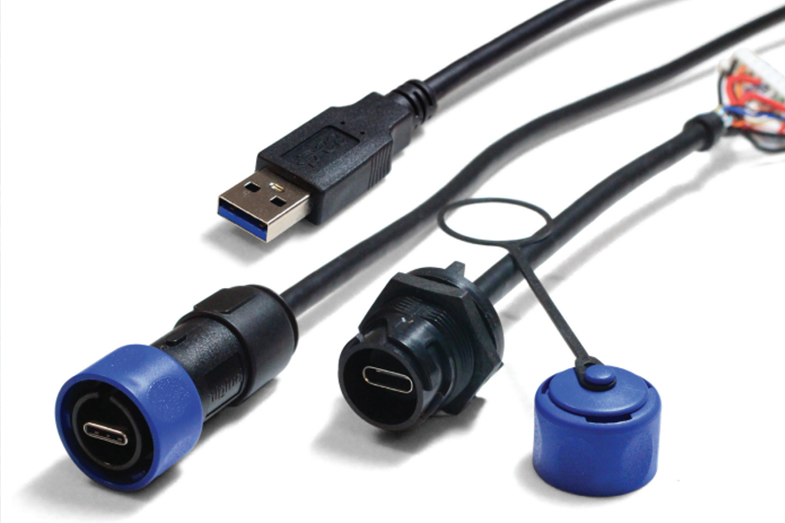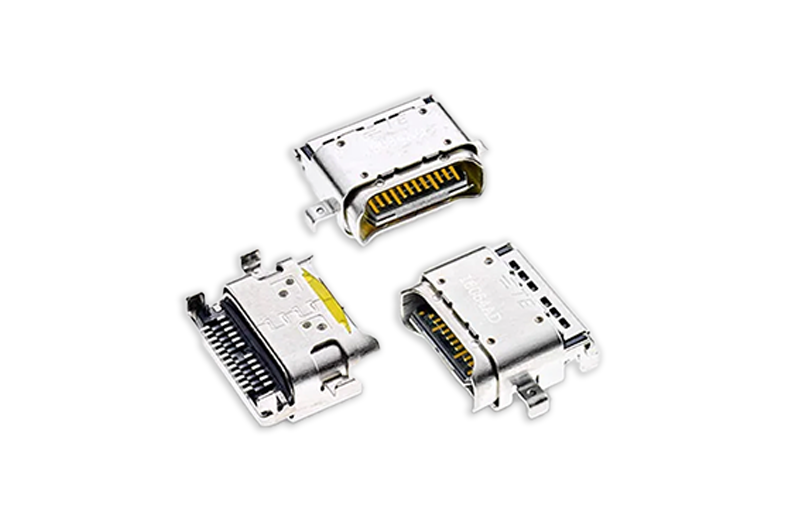EU agreement on uniform USB-C ports
USB-C
The European Union has announced an agreement to adopt uniform USB-C connectors as the standard for many devices, helping to ensure that consumers can rely on a consistent and secure charging and data transfer method.
Among other things, the decision includes rules for maximum current flow, cable diameter and connector positioning to ensure that USB-C connectors are compatible for different devices and manufacturers.
The introduction of USB-C connectors as a standard for smartphones, tablets and laptops opens up new opportunities for the development of industrial solutions. These make it possible to monitor, maintain, update software and read out data even under extreme environmental conditions. Also it enables a reliable and efficient maintenance of devices in difficult environments.
Overview USB standards
| USB 1.0 | USB 2.0 | USB 3.2 Gen 1 (3.0 or 3.1 Gen 1) | USB 3 Gen 2 (3.1 Gen 2) | USB 3.2 Gen 2x2 (3.2) | Thunderbolt 2 | Thunderbolt 3 | USB 4.0 (planned) |
| Enchitec | Encitech | PHOENIX CONTACT | Bulgin | ||||
| PHOENIX CONTACT | MPE Garry | TE Connectivity | HARTING | ||||
| PHOENIX CONTACT | |||||||
| TE Connectivity | |||||||
| up to 12 Mbit/s | up to 480 Mbit/s | up to 5 Gbit/s | up to 10 Gbit/s | up to 20 Gbit/s | up to 20 Gbit/s | up to 40 Gbit/s | up to 80 Gbit/s |
| Type A | Type A | Type A | Type A | Type C | Mini DisplayPort | Type C | Type C |
| Type B | Type B | Type B | Type B | ||||
| Mini-A | Micro-B | Micro-B | |||||
| Mini-B | Type C | Type C | |||||
| Micro-A | |||||||
| Micro-B |











